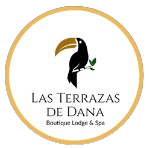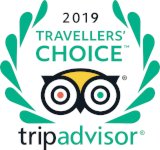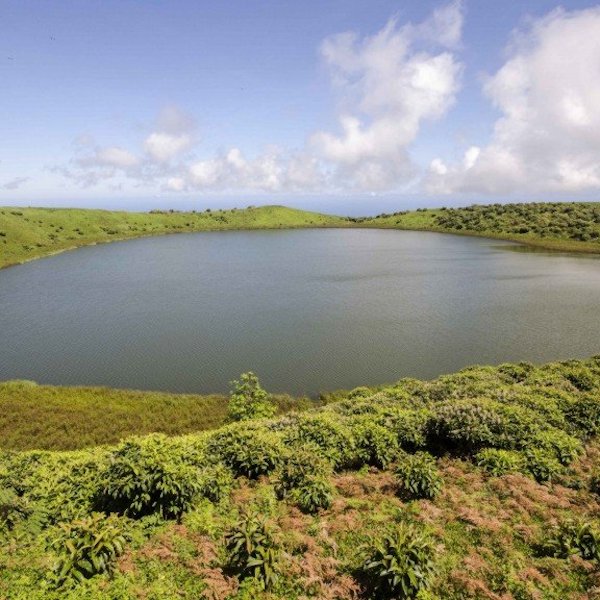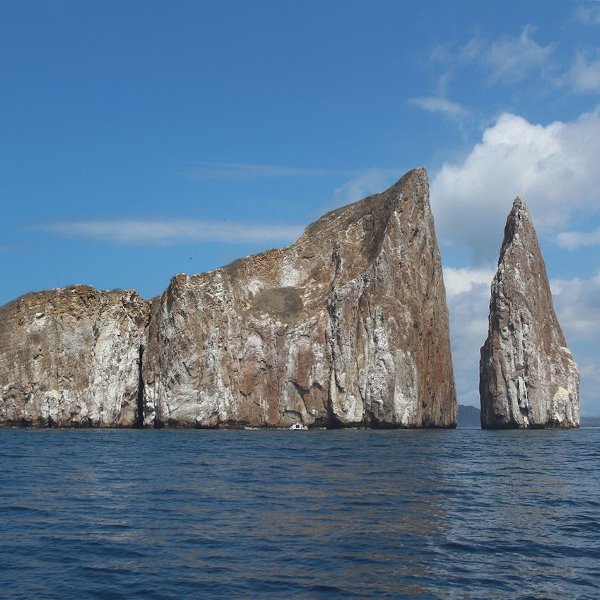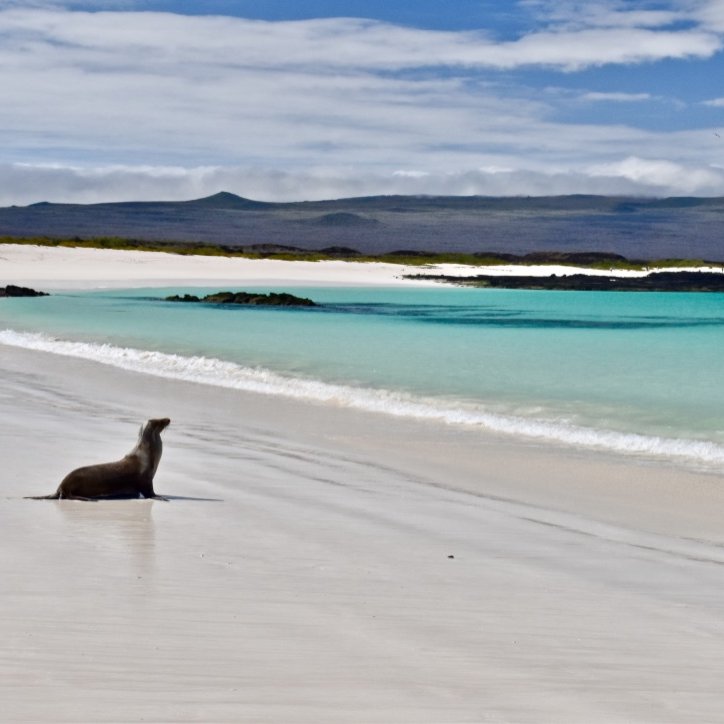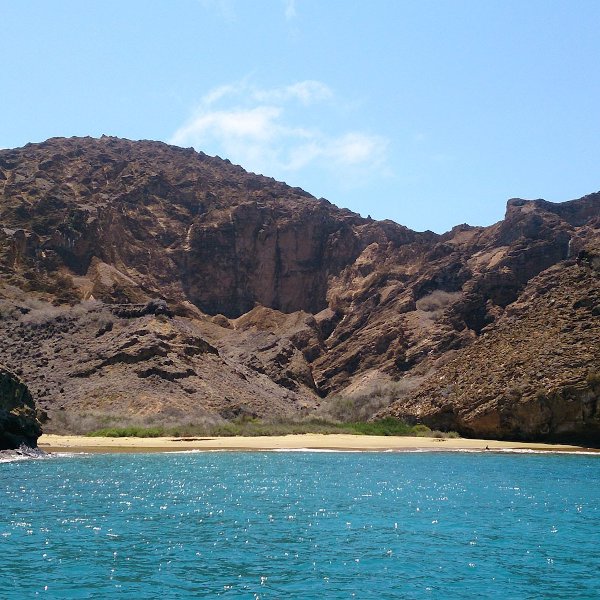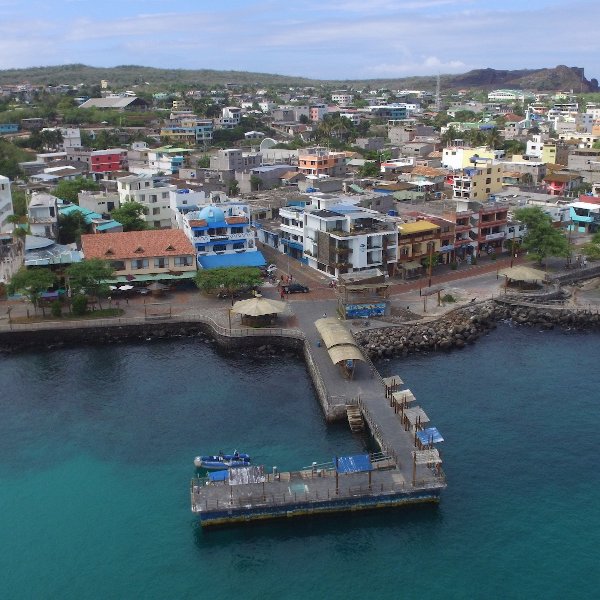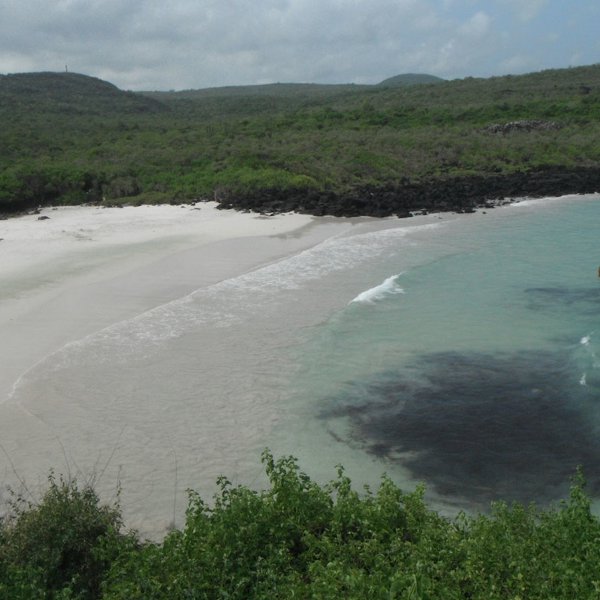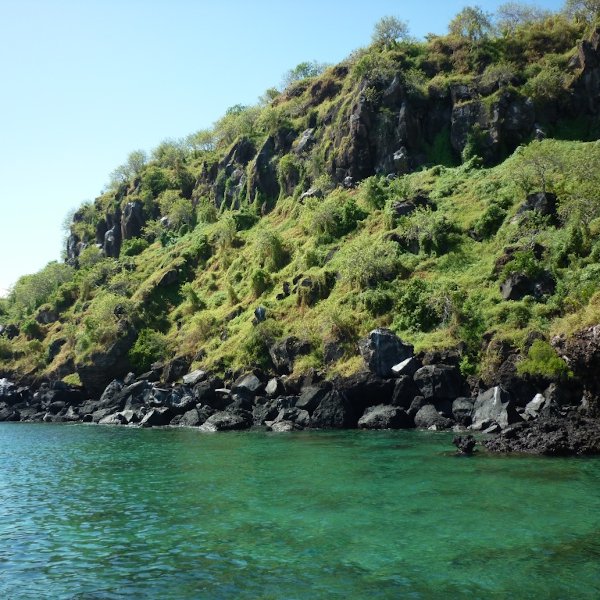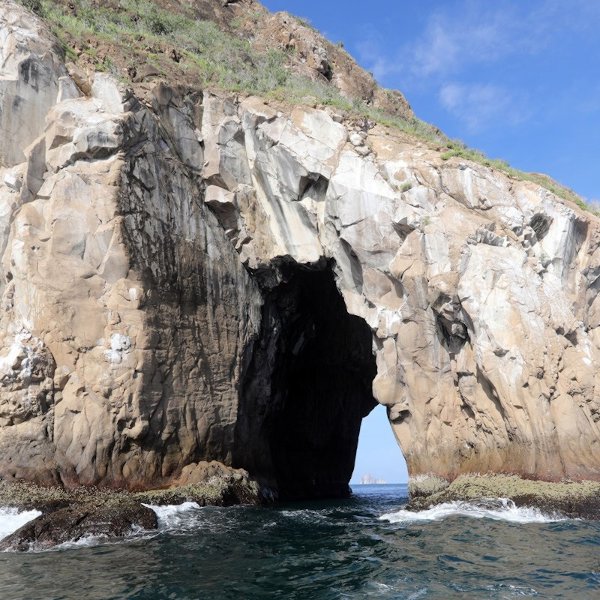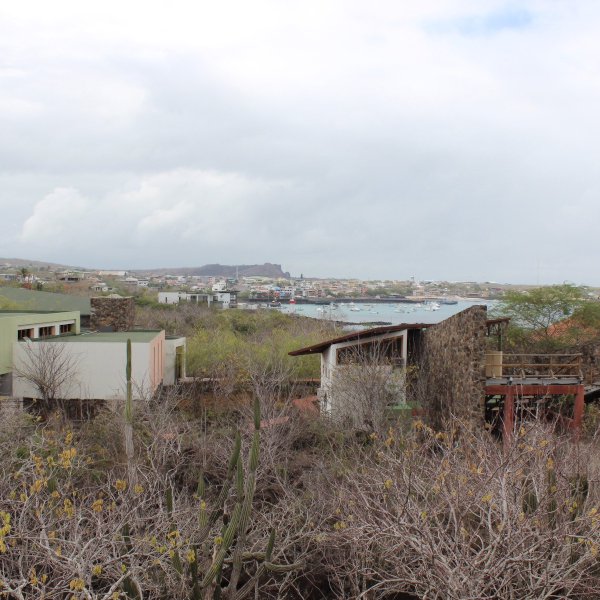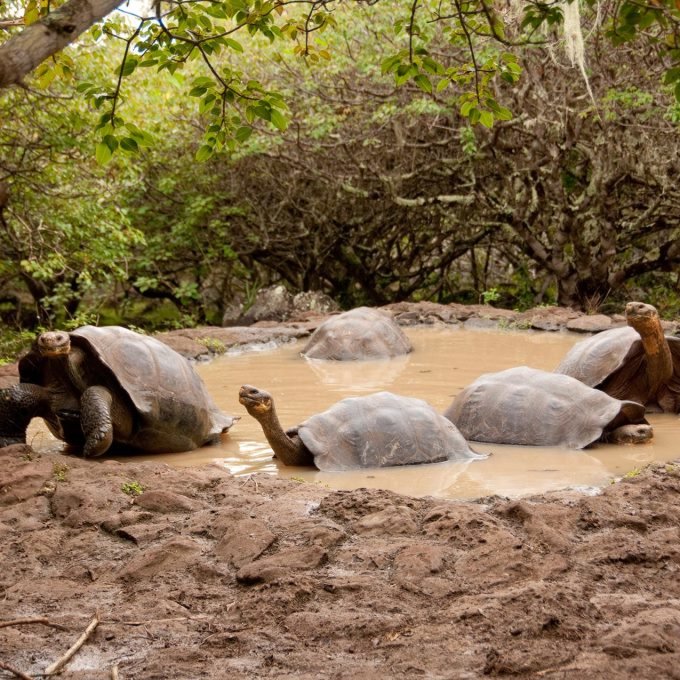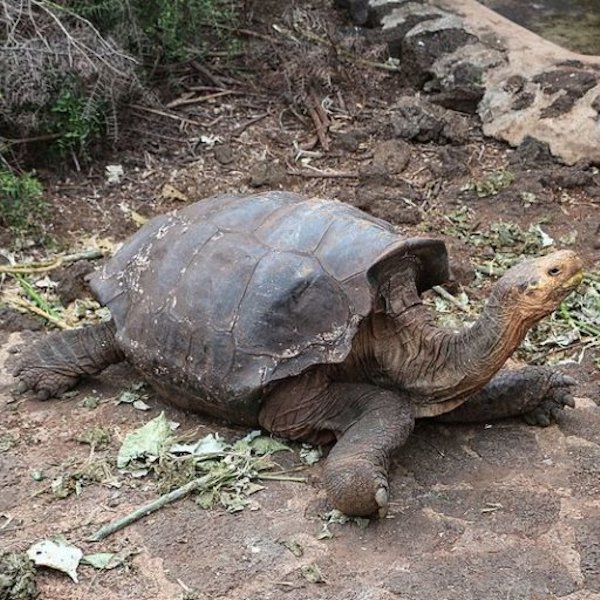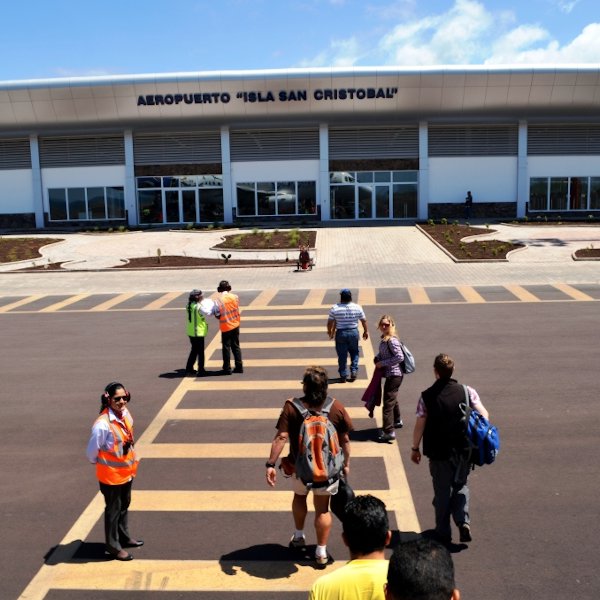San Cristóbal
The island has a rich history, having one of the oldest permanent settlements in the archipelago because, compared to other islands, fresh water was available on the island. It is also the first island visited by Charles Darwin in 1835. Later on, from a penal colony, San Cristóbal became a military base.
San Cristóbal Island is inhabited by almost 6 000 people, and it is the second island in terms of population, after Santa Cruz Island. Due to the fact that it has an airport, San Cristobal Airport, it is the point of departure for many Galapagos tours or a regular stop for many island cruises. The island is home to the small town Puerto Baquerizo Moreno, capital of the Galapagos islands. You can visit the Interpretation Center here, open since 1998, where you can see exhibitions on the formation of the Galapagos islands, on the history of their colonization and on the conservation movements aiming to protect the islands' wildlife and their natural habitats. Behind the Interpretation Center there is a trail you can follow and reach the top of Frigate Bird Hill, that offers an amazing vista over Shipwreck Bay and Kicker Rock.
El Junco Lagoon, a fresh-water crater lake, can be found 19 km from Puerto Baquerizo Moreno and, according to scientists, the lake has existed since the end of the ice age. On your trek to El Junco, you can spot common gallinules, frigate birds and white-cheeked pintails.
Witch Hill or Cerro Brujo is an eroded hill on the northern side of San Cristóbal Island, featuring one of the most stunning white sand beaches in Galapagos. Its beauty and the diversity of wildlife here make it a perfect stop on your trip. The waters are clear, perfect for swimming and snorkeling, where you can spot sea turtles and rays.
Kicker Rock or León Dormido (Sleeping Lion) is a stunning rock formation, a famous landmark near San Cristóbal Island, off its western shore. Rising 140m above the ocean, the rock is actually the remains of an eroded volcanic cone. There is no landing site, so you can visit it from you Galapagos islands cruise, as it is a great site for snorkeling and diving. Besides the stunning location, the site is a real marine paradise, where you can encounter reef fish, sharks, turtles and octopuses.
La Galapaguera or Jacinto Gordillo Tortoise Breeding Center is a popular visitor site 1-hour distance from the town of Puerto Baquerizo Moreno, in the northeastern part of San Cristóbal Island. Here you can see tortoises roaming in semi-natural habitats in all stages of growth, from hatchlings until they are 120 days old, when they are taken back to their natural environment.
San Cristóbal Island features some amazing beaches as well: La Loberia Beach and Puerto Chino Beach, white sand beaches with turquoise water, perfect for snorkeling and swimming with sea lions and sea turtles.
- San Cristóbal Island has the oldest permanent settlement in Galapagos.
- San Cristóbal Island is the first island visited by Charles Darwin in 1835.
- El Junco Lagoon is a fresh water crater lake that exists since the end of the ice ages.
American Oystercatcher, Belted Kingfisher, Blue-Footed Booby, Brown Pelican, Darwin’s Finches, Galapagos Dove, Galapagos Frigatebirds, Galapagos Fur Seal, Galapagos Giant Tortoise, Galapagos Green Turtle, Galapagos Land Iguana, Galapagos Lava Gull, Galapagos Lava Heron, Galapagos Lava Lizard, Galapagos Marine Iguana, Galapagos Mockingbird, Galapagos Petrel, Galapagos Rail, Galapagos Red Bat, Galapagos Sea Lion, Galapagos Sharks, Galapagos Shearwater, Galapagos Sting Rays, Great Blue Heron, Nazca Booby, Red-Footed Booby, Red-lipped Batfish, Vermilion Flycatcher, White-cheeked Pintail, Yellow-crowned Night Heron

